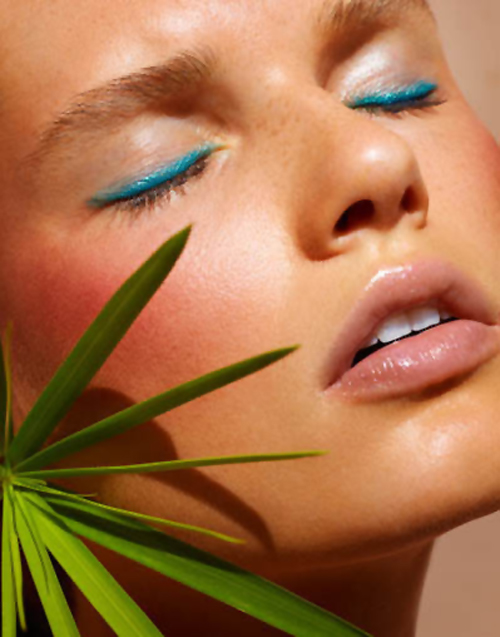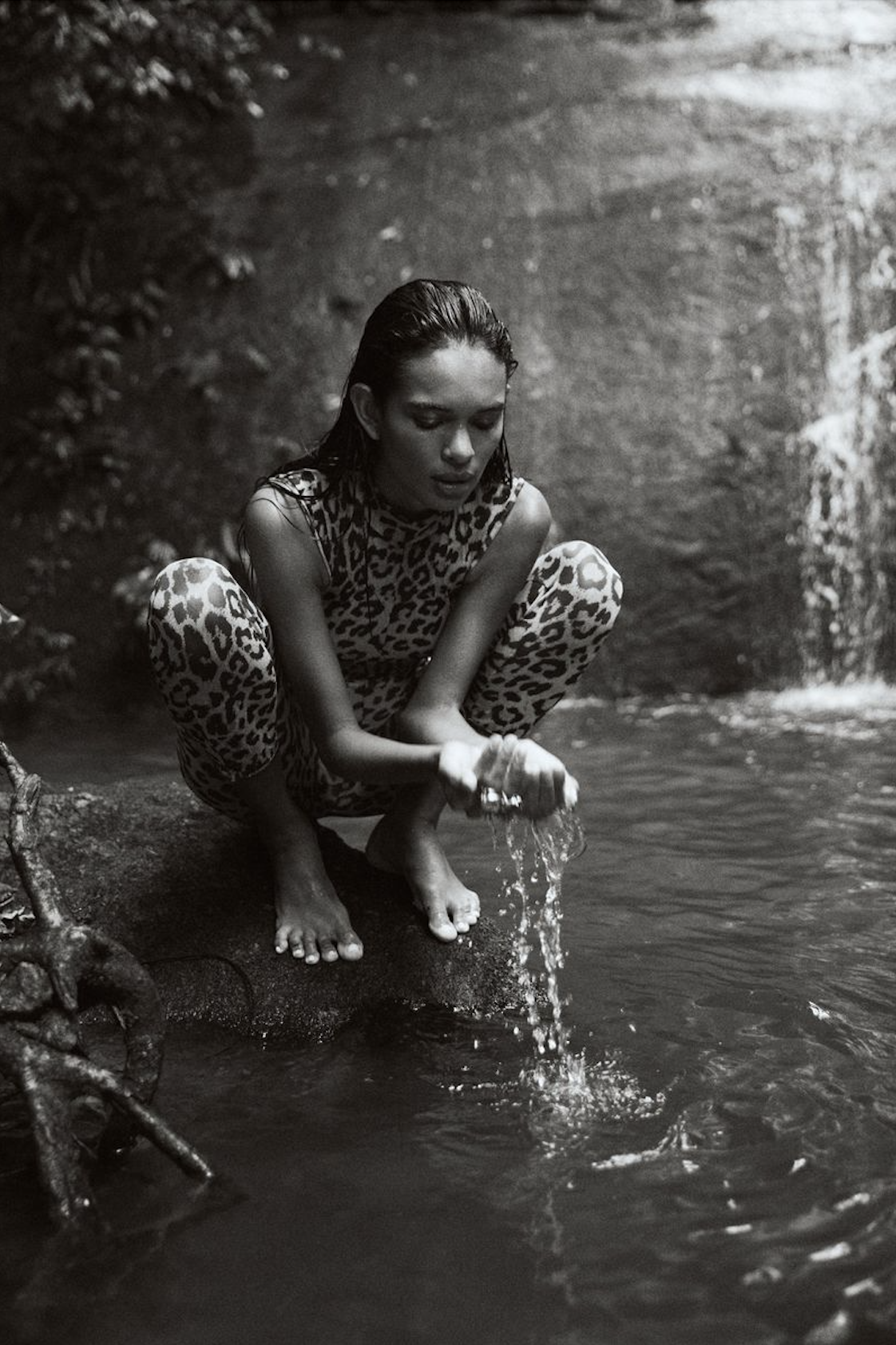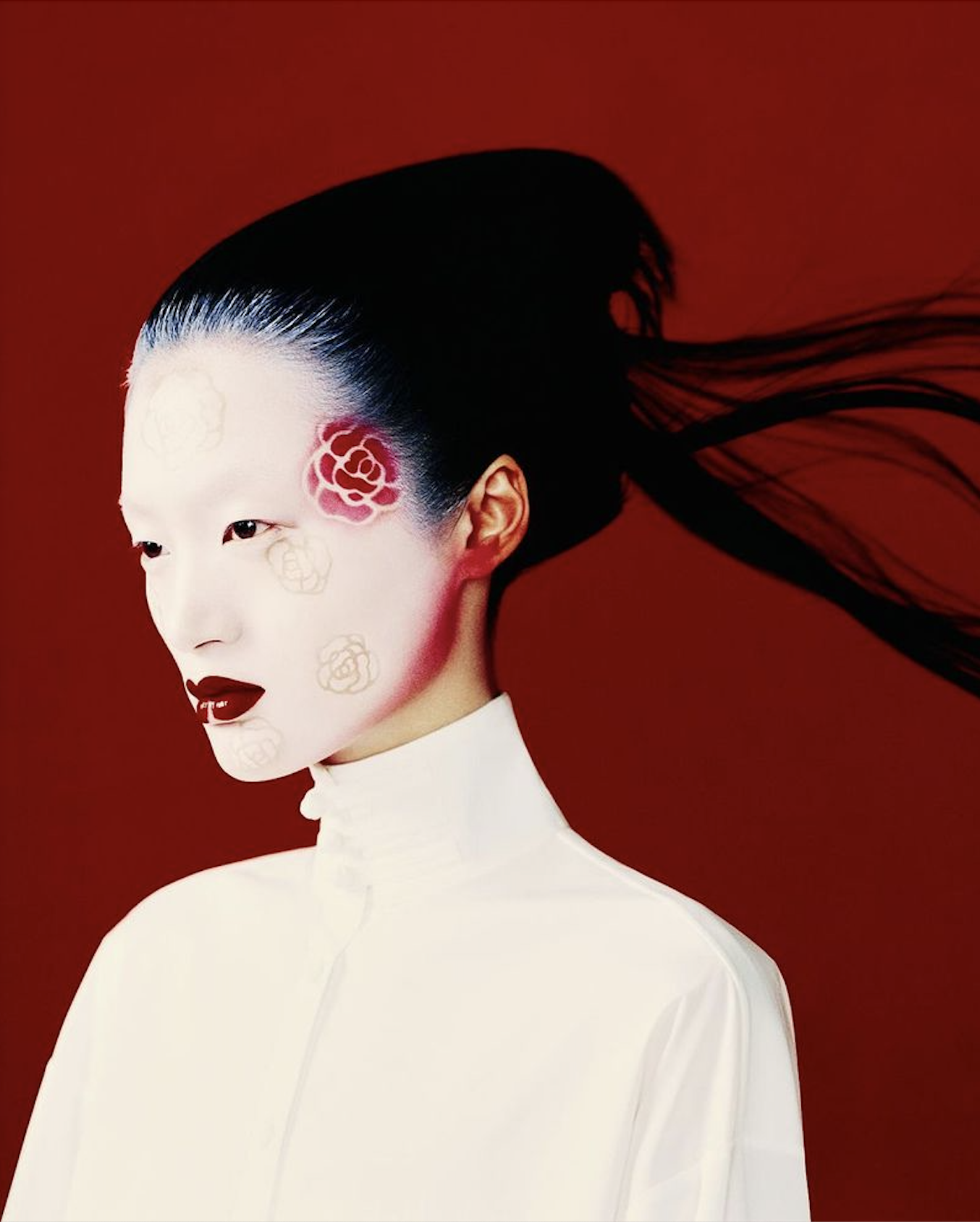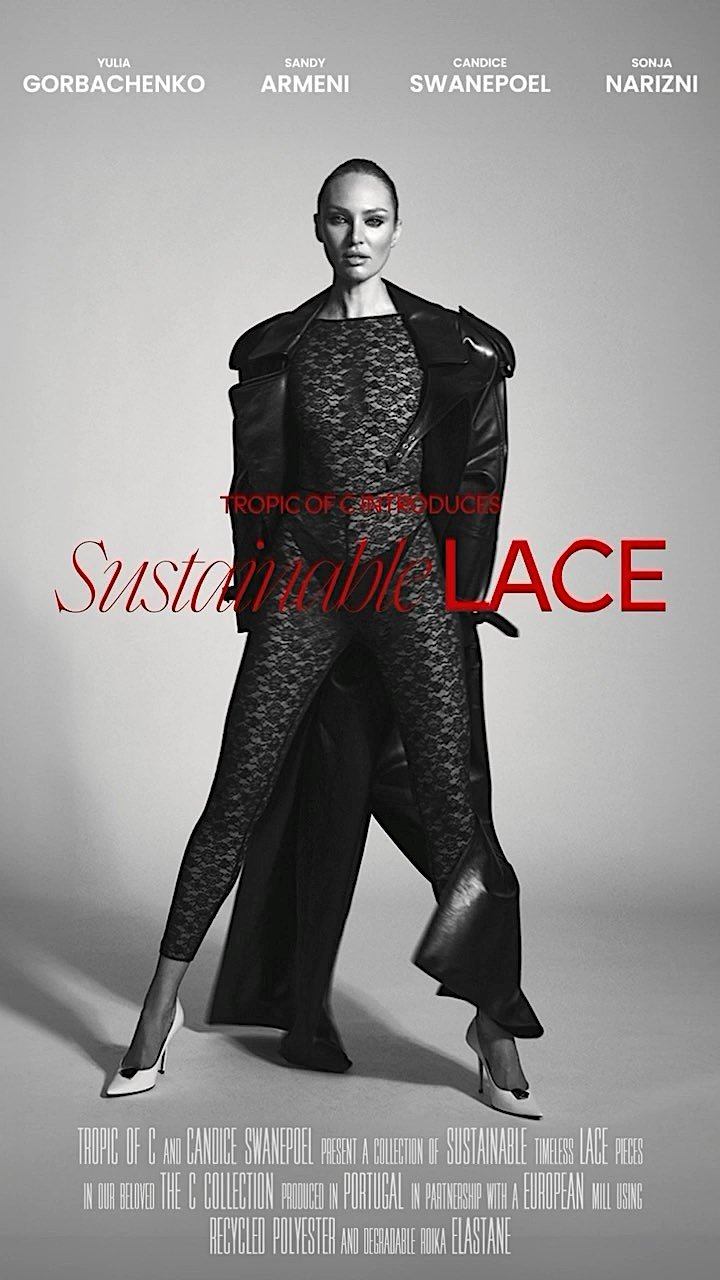Suntanning Triggers Brain's Reward Region, Linked to Addictions
/
Images: Giedre Dukauskaite | Alexandre Weinberger | L’Express Style
There is little doubt that measured amounts of sunlight are good for humans. The question is whether or not tanners can become addicted to tanning at the beach or in a tanning bed.
Dermatologists have long believed that UV light seems to cause a runners high. In 2007, dermatologist Robin L Hornung, MD, MPH, FAAD, Division of Dermatology at the University of Washington and the Children’s Hospital and Regional Medical Center in Seattle, Wash., used a standardized testing tool to gauge the presence of a substance-related disorder (SRD) as a means to determine whether some college students could be hooked on tanning.
Students Who Tan Are More To Express SRD Symptoms
The results of her study were published at News-Medical in March 2007.
“Numerous studies have shown that increased knowledge of the dangers of overexposure to UV light often fails to change tanning behavior and attitudes, especially among high-risk age groups such as adolescents and young adults,” explained Dr. Hornung. “We also know from previous experiments that UV light causes endorphin release, similar to the euphoric sensation associated with intense exercise commonly referred to as ‘runner’s high’ or other pleasure-seeking behavior. Our study set out to find whether certain individuals, particularly those who classify themselves as frequent tanners, exhibit addictive behaviors toward tanning.”
Dr Hornung and her collaborator Solmaz Poorsatter explored the tanning practices of 385 college students of both genders at the University of Seattle, Washington, using a modified CAGE questionnaire which is typically used to determine substance-related disorder (SRD) in alcoholics.
The four modified CAGE questions included:
- “Have you ever felt you ought to cut down on your tanning?”
- “Have people annoyed you by criticizing your tanning?”
- “Have you ever felt bad or guilty about your tanning?”
- “Have you ever thought about tanning first thing in the morning?”
(Continue reading for results and new brain scan research.)

Among the 385 students, 12 percent of total students were classified as having a SRD, addictive relationship with tanning. Among this group, 18 percent were students who reported tanning outdoors with sunlight and 28 percent used indoor tanning beds.
As expected, the SRD potential result was higher among females. 22 percent of outdoor tanners had positive CAGE results, compared with 8 percent of male outdoor tanners.
Among those who used indoor tanning beds, 28 percent were classified as potentially having SRD or an addictive relationship with tanning. Presumably, the percent of females vs males is much higher.
Melanoma in Family History Increases Likelihood of Tanning





























